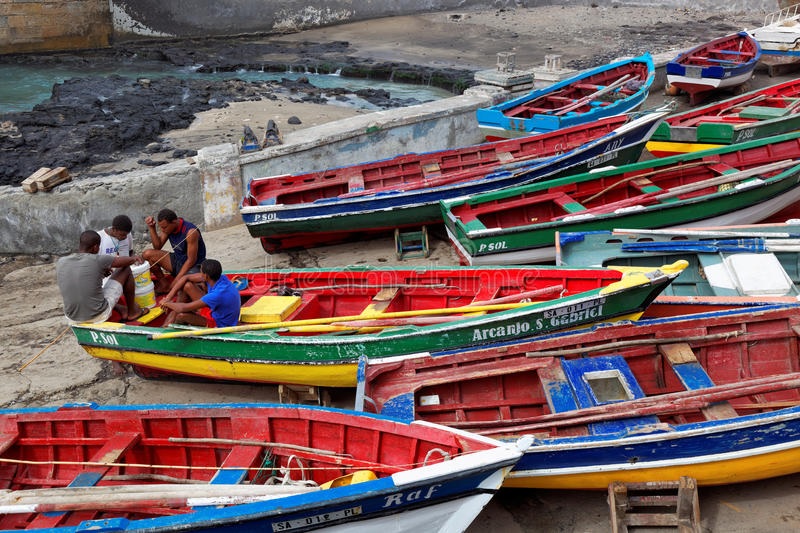Cape Verde had, at the end of 2021, 1,626 fishing vessels, 4,062 fishermen, and artisanal fishermen-owners, with the dominance of men in the sector and little training of ship owners, according to data presented today in São Vicente.
According to the definitive data of the 5th General Fishing Census, presented by the National Institute of Statistics (INE), the archipelago had 1,463 artisanal vessels, 127 semi-industrial and industrial vessels, and 36 recreational fishing vessels at the end of last year.
“At the national level, the island of Santiago has the most boats (artisanal vessels), with 33.4%, followed by the other islands with percentages between 11.6% and 6%, except the island of Maio, with the lowest percentage (5.1%) of the total number,” according to the study.

Concerning the number of semi-industrial and industrial boats, the island of Santiago also continues to dominate the percentages (42%), followed by São Vicente (22.8%) and the other islands whose percentages were below 10.2%, especially the island of Maio, where there is no record of the existence of this type of vessel.
Of the 36 pleasure boats, most (27) were inactive during the period of data collection, while nine were active, seven on Sal and one each on Maio and Fogo.
The census also counted the total number of owners of fishing vessels and concluded that most (35.7%) are on the island of Santiago, while the percentage of other islands is below 11%.
According to the INE data, in artisanal fishing, there are 3,023 fishermen and 1,039 fishermen-owners, and this field is dominated by men, who make up 99.8% of the total, against 0.2% of women.
Also, according to the document, men dominate in the number of fish keepers (95%). Still, concerning sellers, women are in the majority, with 86% of the 1,881 agents, being the island of Santiago with the highest number of fish sellers (61.8%).
The data were collected from November 22 to December 7, 2021, in all fishing communities, harbors and fishing vessels, business units, and fisheries infrastructure to update the last census of fisheries in Cape Verde conducted in 2011.
For the Minister of the Sea, Abraão Vicente, the study aims to enable the country’s institutions to make better decisions and help this and future governments.
“There is no blue economy without data, and there is no way to evaluate the evolution of the blue economy, the maritime one, the very preservation of the oceans, the quality and quantity of resources available in our seas if there is no data.
“That is why in a way, this moment is historical because it allows governments a starting point with some quality data to understand the location of fishing vessels, the location of fishermen and fishmongers,” he stressed.
For the governor, the census shows a national dynamic far beyond political decisions.
“For example, the large concentration of boats on the island of Santiago, instead of the island of São Vicente, is usually highlighted.
“Lack of quality fishing infrastructures that we need to leverage the fishing sector, the need for greater support for the training of entities, companies and legal entities or not that play their role in the fishing sector,” he specified.
Abraão Vicente said that the numbers point to “a great discrepancy”, considering the contribution fisheries make to the economy and to national exports, compared to the low investment over the last 47 years (since national independence) in the sector and in support infrastructures.
“We need better quality fishing infrastructures here in São Vicente as a center chosen politically, but also umbilically, by Cape Verde as the center of the blue economy, we need a better fishing pier, fishing infrastructures and it is necessary to present and take advantage of the natural fishing bunkers that we have,” challenged the minister, about a sector that contributes to more than 80% of Cape Verde’s exports.
With an area of 4,033 square kilometers (km2), the archipelago of Cape Verde is spread over an area of approximately 87 miles (140 km) in radius, with about 1,000 km of coastline and a maritime area of national responsibility of 734,265 km2, which includes the archipelagic waters, the territorial sea, the contiguous zone, and the Exclusive Economic Zone.
With information from Lusa

